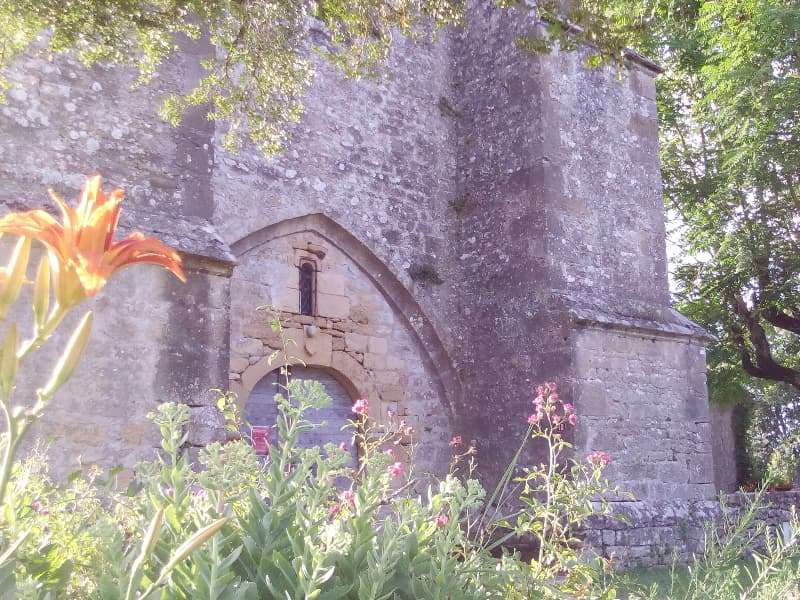
LOUBEJAC is the most southerly commune in the Dordogne, and lies between the Lot to the east and the Lot-et-Garoone to the west.
It is a quiet corner of the Dordogne, away from the busy tourist centres, and you will often find yourself with just the surrounding countryside and the birds overhead.
There are no restaurants or coffee shops, for that you will have to head to the neighbouring Villefranche-du-Périgord.
But you will find gentle walks through woodland made up of chestnut and oak, a popular night market in the summer months and beautiful spots where you can stop and take a breath.
Mairie and other services
Loubejac mairie is found on the Route du Bourg and is open in the afternoon on Monday, Wednesday and Friday.
Here you can pick up leaflets about things to do locally, as well as find out about events coming soon, and should you need help with administrative tasks.
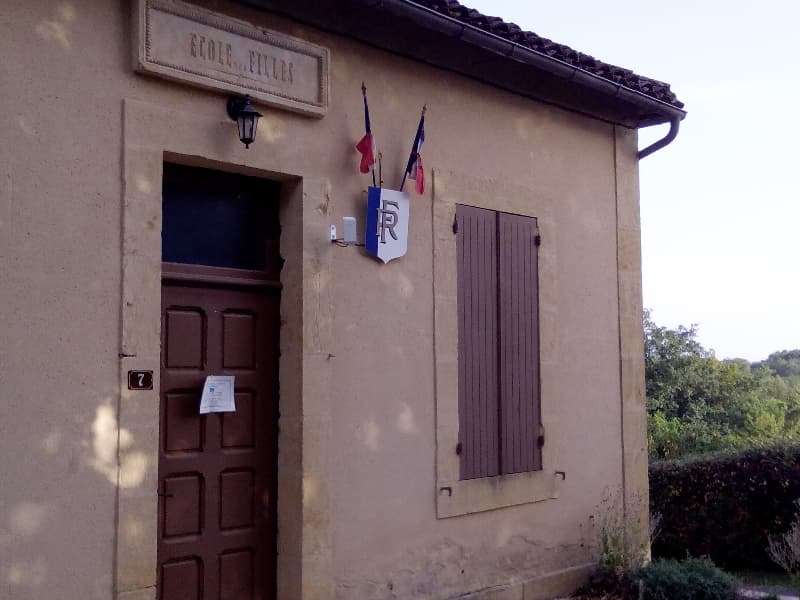
There are public toilet facilities down the left hand side of the building, offering a large, clean space that is suitable for wheelchair access.
A second toilet block is available near the halle to the rear of the church, again there is plenty of space and it is suitable for wheelchair access.
You will also find a post box with letters collected once a day in the morning.
There is also a hunt, or chasse, that operates out of the rear of Loubejac mairie, the season normally runs from mid-September to the end of February.
Eglise Saint-Pierre-és-Liens
The mairie is found opposite Loubejac’s church, the Eglise Saint-Pierre-és-Liens, where once stood the remains of a wooden church dating as far back as the 4th Century.
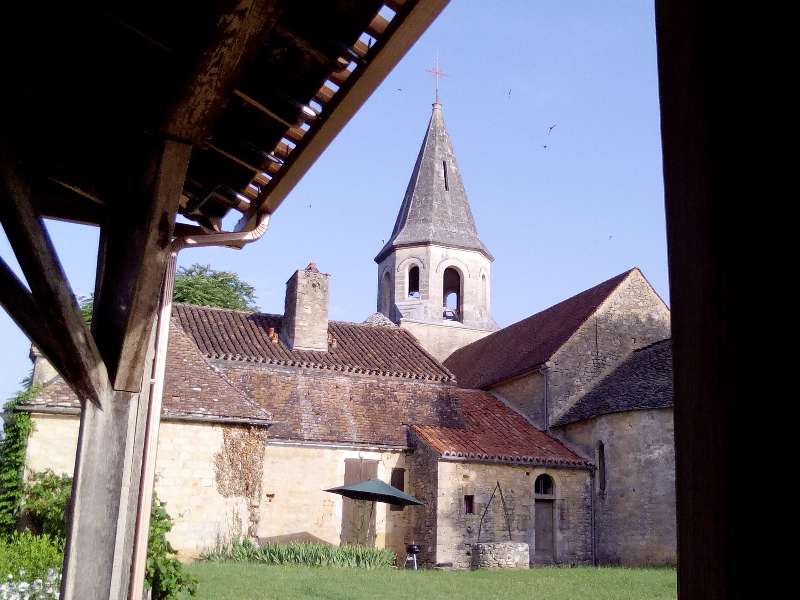
The current church has parts that date from the 12th Century, with other sections dating from the 15th and 16th Century, and the bell sounds the hour and the half-hour – it weighs 500 livres (lbs) and dates from 1659.
You can visit the church during the time that the mairie is open as that is where the key is held.
To the left of the entrance you will see a war memorial for those local men who died in World War One, and today their grandchildren and great-grandchildren, as well as local residents, remember them on 11 November and 8 May.
Loubejac night market
In July and August under the halle in the grounds around the church there is a night market every Thursday, where you will get the chance to enjoy local food and wine, as well as take in the surrounding countryside.
The market opens at 18h30 and normally comes to an end by 22h, with parking available around the mairie.
Walks from Loubejac
From the gravelled, parking area in front of the mairie you will find a small wooden panel showing the route of an easy walk that will take you a couple of hours.
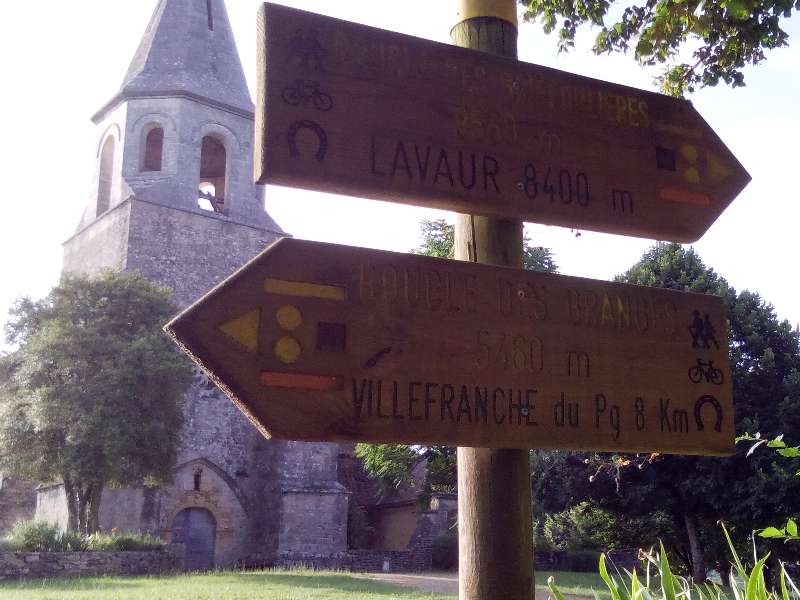
It is a loop called Boucle des Granges, and is a little over 5 km in length, that will take you through the surrounding woods on stone/gravel tracks that can get a little muddy in autumn and winter, and occasionally rutted, but is walkable in trainers or stout shoes.
You will pass some old stone houses, woodland views and if you head out early in the morning or evening, then there is a good chance you will see deer, possibly badgers and I’ve even seen nightjars.
Chestnut trade in Loubejac
As you look around Loubejac you will see signs of the continuing importance of the chestnut trade to many of the local farmers.
There are many small plantations of trees dotted around the hillsides, some will have irrigation systems running through the lower branches and large rolls of netting are sometimes left at the side of the fields.
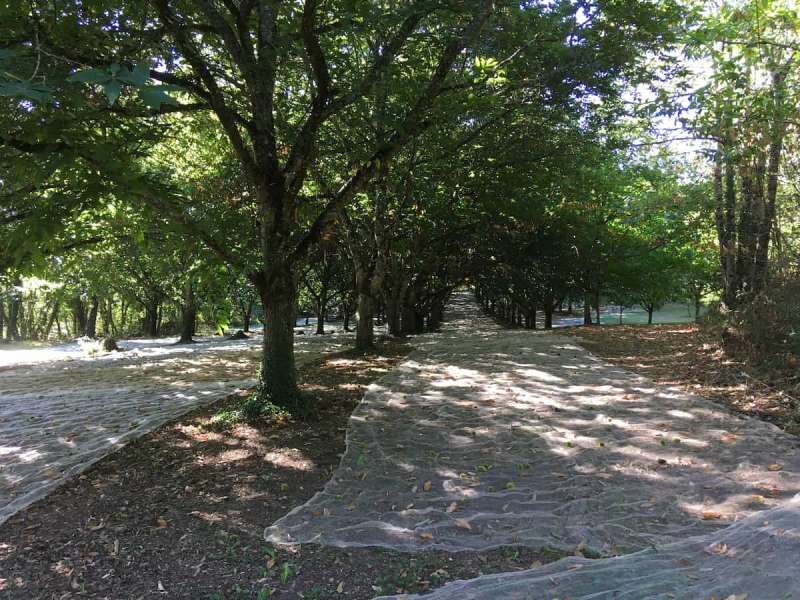
But if you are in the area during September and early October that is when the chestnut harvest takes place.
You might see the netting spread across the ground beneath the trees, these catch the chestnuts as they drop and once there are enough a vacuum cleaner-like machine is used to collect them.
Many of the chestnuts are sold to cooperatives to be turned into flour or used in products that you can buy locally – it is gluten free so increasingly popular.
Château de Sermet
The Château de Sermet in Loubejac is privately owned, so not open to the public, but when the trees have shed their leaves in autumn you can’t miss it as you head along the valley from the D660 roundabout.
One story of its origin claims that it was built by the Knights Templar to guard the route along the La Lémance river between Agen and Villefranche-du-Périgord in the 12th Century.
There is also records dating from the 13th Century of it being built during the Hundred Years War by the French to protect against the neighbouring English forces, with Villefranche-du-Périgord also being French and Monpazier about 20 km away being English there would have been plenty of ‘friction’ in the area.
The Château de Sermet is now home to a classic car club that offers members the chance to stay on the property and drive their cars around the surrounding country lanes.
Loubejac countryside
Loubejac gives you the chance to leave the hustle and bustle of everyday life far behind, with the peaceful woodlands and views across the rolling hills, you are so close to the natural world around you.
There is also a guide to the neighbouring Villefranche-du-Périgord.